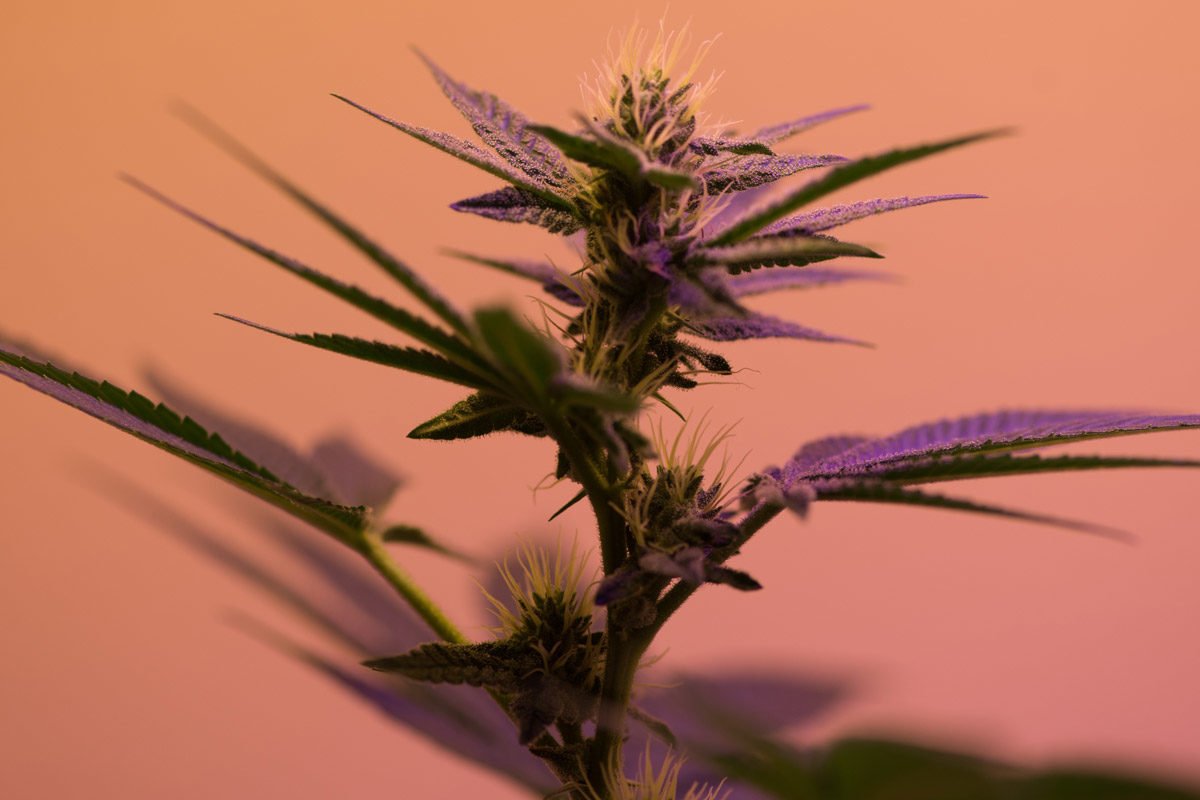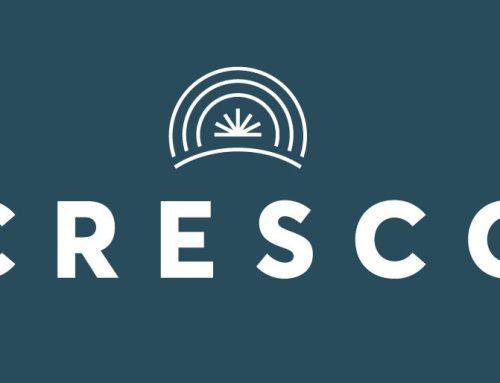5 Lesser Known Cannabinoids You Could be Benefiting From
5 Lesser-Known Cannabinoids You Could Be Benefiting From Right Now
The cannabis plant contains hundreds of unique compounds that are responsible for everything from aroma to effect to appear. Cannabinoids are active ingredients that bind to your CB1 and CB2 receptors. Right now, the most well-known and widely available cannabinoids are THC and CBD, but there have been over 100 other cannabinoids identified. These “lesser-known cannabinoids” are gaining interest by researchers and consumers alike curious about their potential therapeutic uses. Here’s a list of five cannabinoids that aren’t THC and CBD you could be utilizing in your regiment right now.
Cannabigerol (CBG)
CBG is actually the chemical parent of popular cannabinoids CBD and THC, yet on its own is only present in about 1% of cannabis strains. Despite its reclusive nature, there is much attention being paid to CBG due to its perceived anti-inflammatory and tumor-fighting ability. One Italian study found that when isolated, CBG reduced inflammatory bowel disease in mice and deserves more attention as a viable treatment. Another Italian study conducted in 2014 showed that cannabigerol slows the growth of colorectal cancer cells, providing even more inspiration for research.
Cannabinol (CBN)
Another lesser-known cannabinoid making waves is CBN. Short for cannabinol, CBN is a mildly psychoactive molecule known for its sedative effect. A study conducted by Steep Hill Labs (a popular cannabis testing company) found that CBN could make for a groundbreaking sleep aid. Furthermore, British researchers concluded in 2012 that cannabinol works well as an appetite stimulant when compared to CBD. THC is also known as an appetite stimulant (hello munchies!) but will also offer more of a “high,” making CBN an enticing alternative.
Tetrahydrocannabivarin (THC-V)
While CBN may be making waves as a possible way to entice the appetite, THC-V will do just the opposite. The cousin of THC, THC-V is already available in vape cartridge form in some states with legal adult-use cannabis. While mostly being marketed as “diet weed,” the cannabinoid is known to reduce anxiety. What’s truly remarkable is its potential as a treatment for diabetes, a condition that affects over 30 million Americans. GW Pharmaceuticals, who last year made history after their CBD-derived medication Epidiolex was approved by the FDA for severe epilepsy, is currently conducting trials on a THC-V treatment for metabolic disorders.
Delta-8-tetrahydrocannabinol (Delta-8 THC)
Delta-8 THC is another lesser-known cannabinoid gaining major popularity in more mature cannabis markets. How does it differ from regular old THC (which is Delta-9)? Delta-8 is less psychoactive (although does produce a slightly heady effect for some) and offers neuroprotective capabilities – meaning it may help you stay sharp along with the daily Sudoku. Pharmaceutical applications of the compound may be coming soon: a company filed for a U.S. patent on the anti-emetic uses (aka nausea relief) for Delta-8 in 2006.
Tetrahydrocannabinolic Acid (THC-A)
THC-A is essentially raw THC, as turns into the well-known cannabinoid once decarboxylated (aka heated up). It is mostly used by people looking for the benefits of THC but who do not want the psychoactive effects. It has been found to have anti-inflammatory properties and may also help ease nausea (much like its cousin Delta-8). Additionally, in a study on prostate cancer, THC-A showed promise as a tumor inhibitor. As a “raw” ingredient, it will probably be on smoothie menus at juice bars near you in no time.
Tell us, have you tried any lesser-known cannabinoids?



































